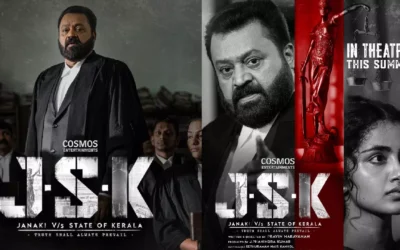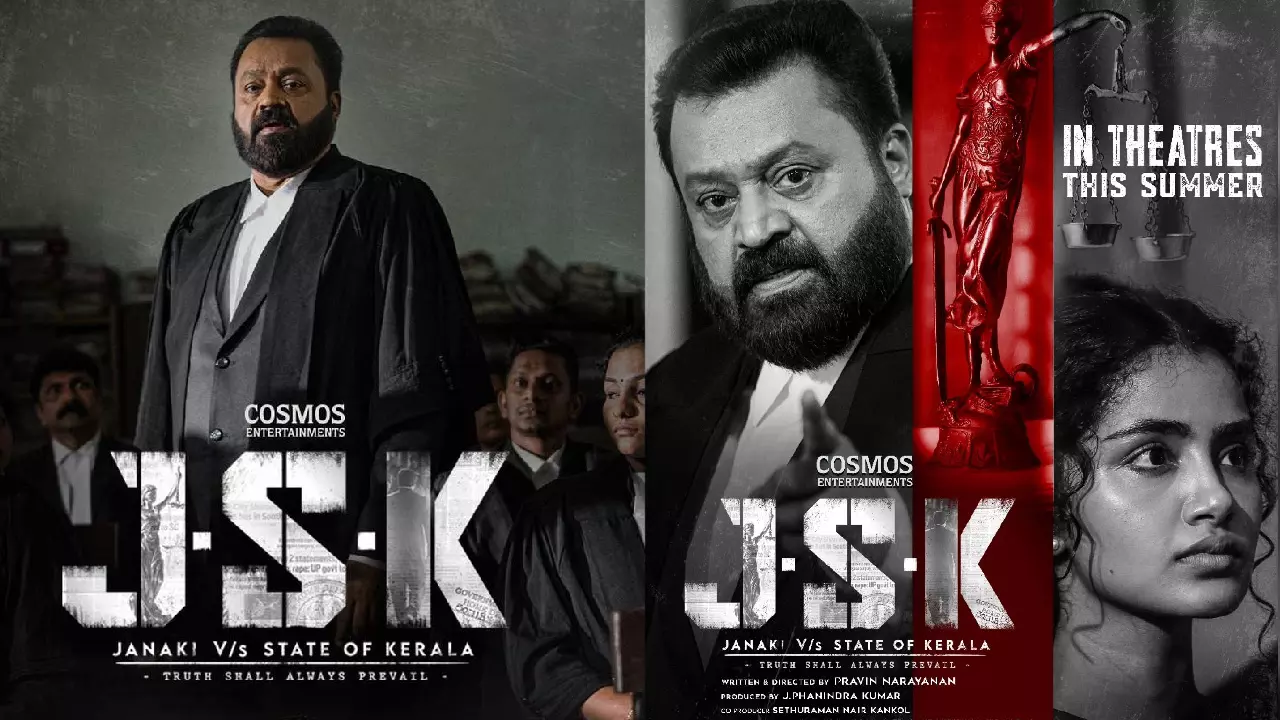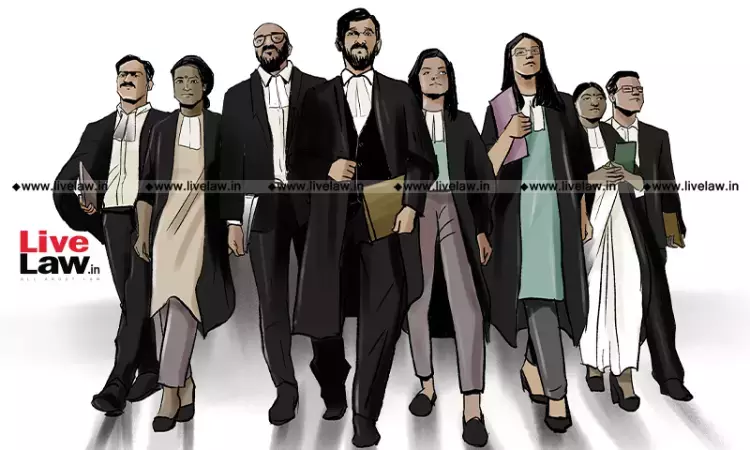Madhya Pradesh High Court Rejects Appeal To Allow Urs, Namaz At Gwalior’s Centrally Protected Muhammad Ghaus Dargah
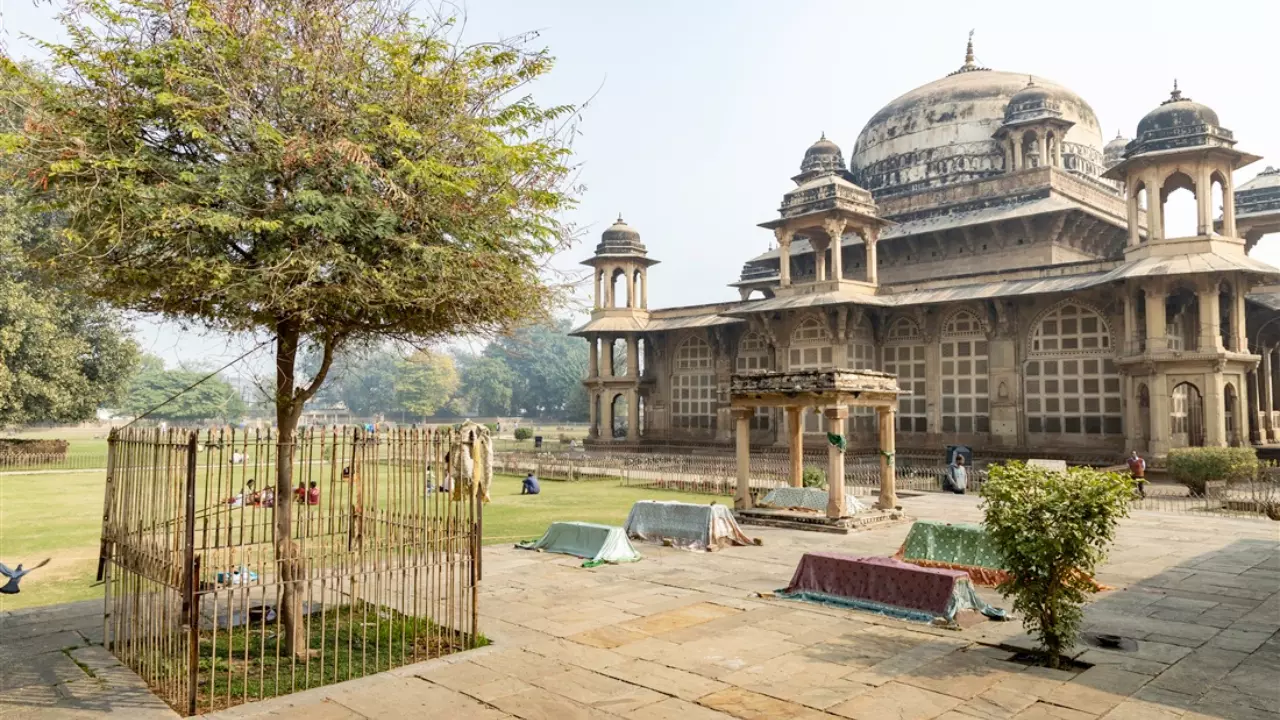
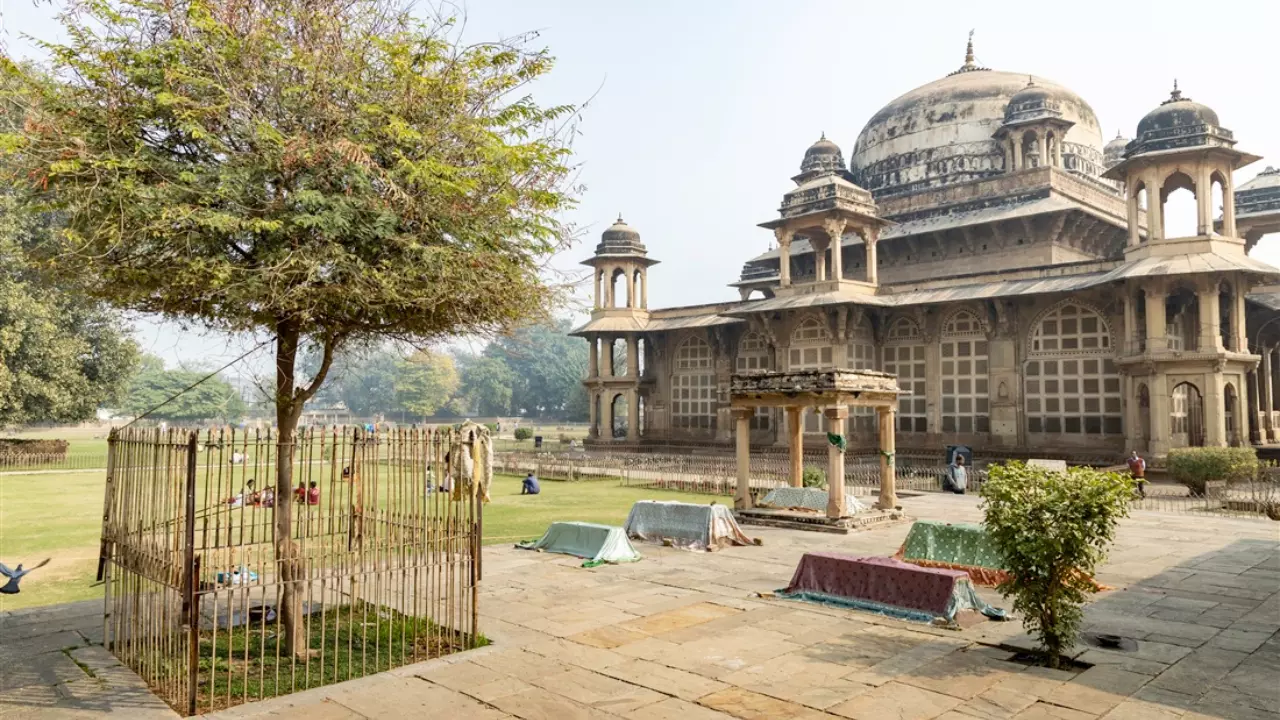
The Madhya Pradesh High Court last week dismissed an intra-court appeal seeking permission to perform religious and cultural activities, including Urs (Jalsa) and Namaz, at the tomb of Hazrat Sheikh Muhammad Ghaus in Gwalior, a monument declared of national importance and protected (in 1962) under the Ancient Monuments and Archaeological Sites and Remains Act, 1958.
A Bench of Justice Anand Pathak and Justice Hirdesh noted that the monument “deserves to be protected with utmost care and caution” and no such activities, as sought by the appellant, could be permitted. Otherwise, it added, the monument “will lose its originality, sanctity, and vitality”.
Background of the case
The Court was essentially dealing with the appeal preferred by one Syed Sabla Hasan, who claimed that he is the Sajjada Nashin (spiritual caretaker) as well as the legal heir of Hazrat Sheikh Muhammad Ghaus.
Before the bench, it was contended on his behalf that various religious and cultural practices had been performed at the Dargah premises for over 400 years and that their discontinuation by the ASI [Archaeological Survey of India], following the declaration of the site as a protected monument, was arbitrary and illegal.
Earlier, in March 2024, he filed an application before the ASI for permission to hold Urs at the site. The ASI, however, rejected the request, citing the provisions of the 1958 Act and the 1959 Rules, primarily on the ground that a protected site could only be accessed from sunrise to sunset.
Following this, the appellant filed a writ petition in September last year, which was dismissed by a Single Judge in March this year. Following this, the appellant moved the instant intra-court appeal.
Opposing the appeal, the counsel for the Union of India argued that the appellant had not approached the Court with clean hands and had concealed prior litigation history concerning the ownership of the tomb.
It was apprised to the bench that all the claims of the appellant had been rejected by the courts on multiple occasions, including one claim at the Waqf Tribunal in 2022. It was also pointed out that the dispute regarding ownership over the land in question has also attained finality, in which the appellant and his forefather/family members had lost.
The respondents further referred to an order passed by the MP High Court in a suo moto PIL of 2010, wherein it was directed that no Urs or similar activities be permitted without the ASI’s prior permission. Directions were also issued for the removal of encroachments.
Lastly, the respondents also alleged that the petitioner and his associates had been repeatedly engaging in unlawful acts, including illegal installation of lights, tents, and hammering nails into the monument, which had caused degradation and violated the site’s sanctity.
High Court’s order and observations
At the outset, the bench emphasised the intent behind the 1958 Act and it also referred to Article 49 of the Constitution (Directive Principles of State Policy) and Article 51A(f) (Fundamental Duties), as it noted that the object of these provisions is to preserve monuments “for posterity and for guidance of future generations”.
The Court also noted that the tomb, which also houses the grave of music maestro Tansen, is of historical and cultural importance and it is not a shrine or place of worship under the Act, but a centrally declared archaeological monument under Section 4 of the Act of 1958 and access to it has to be governed as per the 1958 Act.
In this regard, the Court referred to Section 18 of the 1958 Act, which provides public access to protected monuments. The Court said that permitting exclusive religious activities, as requested by the appellant, would hinder this statutory right of the public.
It remarked thus:
“Therefore, right of access given to the public at large deserves protection and understandably so because by visit of public at large, give them an insight into their history and culture. They come to know about their moments of glory in the past and learnt lesson also from it. It is stated that – Those who forget History are Condemned to repeat it. Therefore, for learning of future generations, right of access to protected monument is an important statutory right. Same deserves protection.”
Furthermore, perusing the records of the case, the court noted that the ownership issue as alleged by the appellant has already been rejected by the Courts after conducting regular trials.
Thus, it noted, the appellant has no right whatsoever to stay in the protected area or to cause any mischief as alleged by the respondents.
Importantly, the Court remarked that the ASI and District Administration must protect this monument of National Importance with utmost care and strictness so that such an ancient monument carrying History and Culture into its ambit, be preserved for posterity.
In view of the above discussion, emphasising that Constitutional Vision and Constitutional Morality ought to prevail over personal and vested interest, the Court dismissed the appeal.
Before parting, the court upheld the finding of the single judge that the petitioner had not approached this Court with clean hands. The bench also upheld the rejection of the appellant’s application by the ASI.
Case title – SABLA HASAN Vs. THE UNION OF INDIA & ORS.

